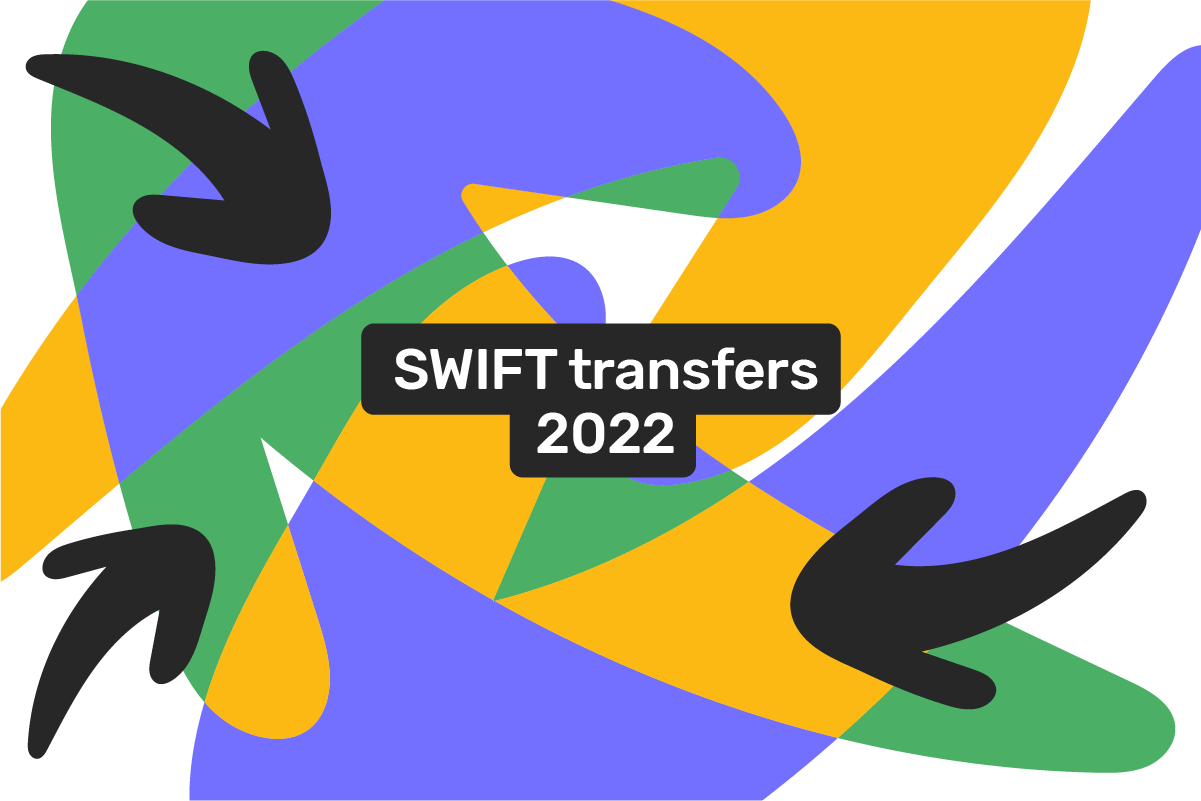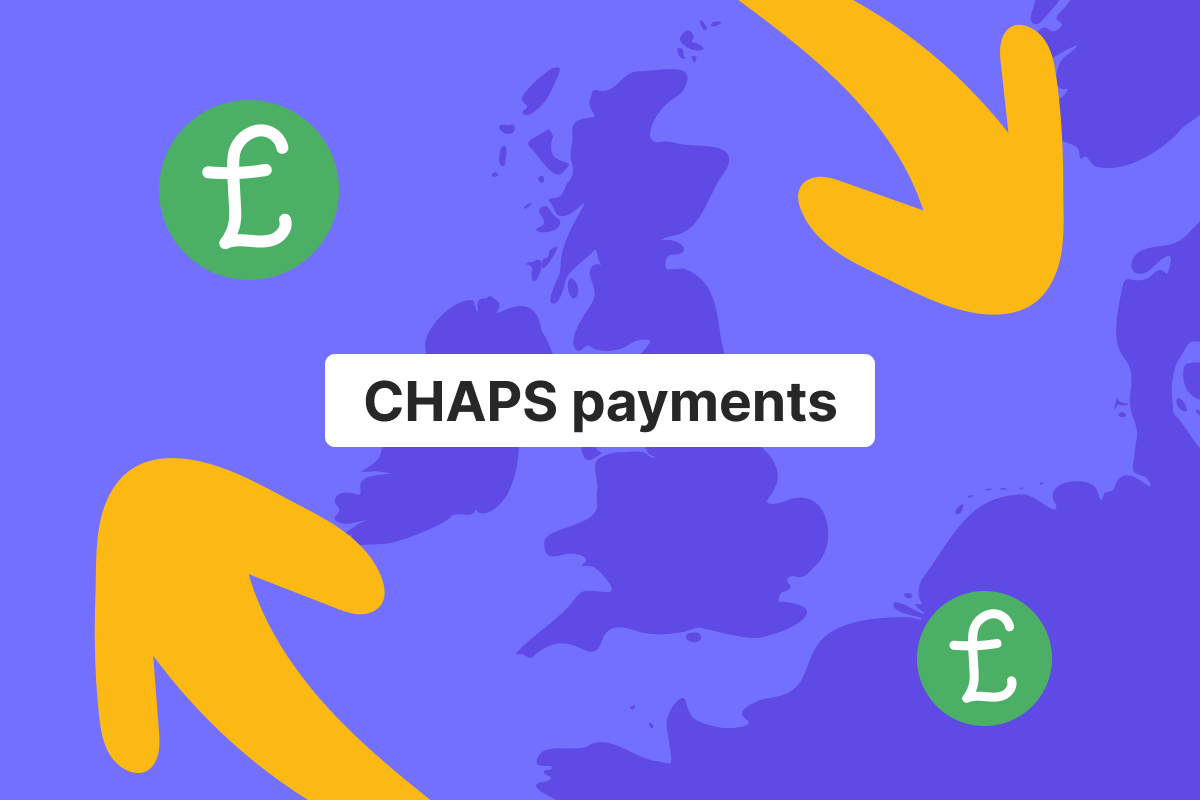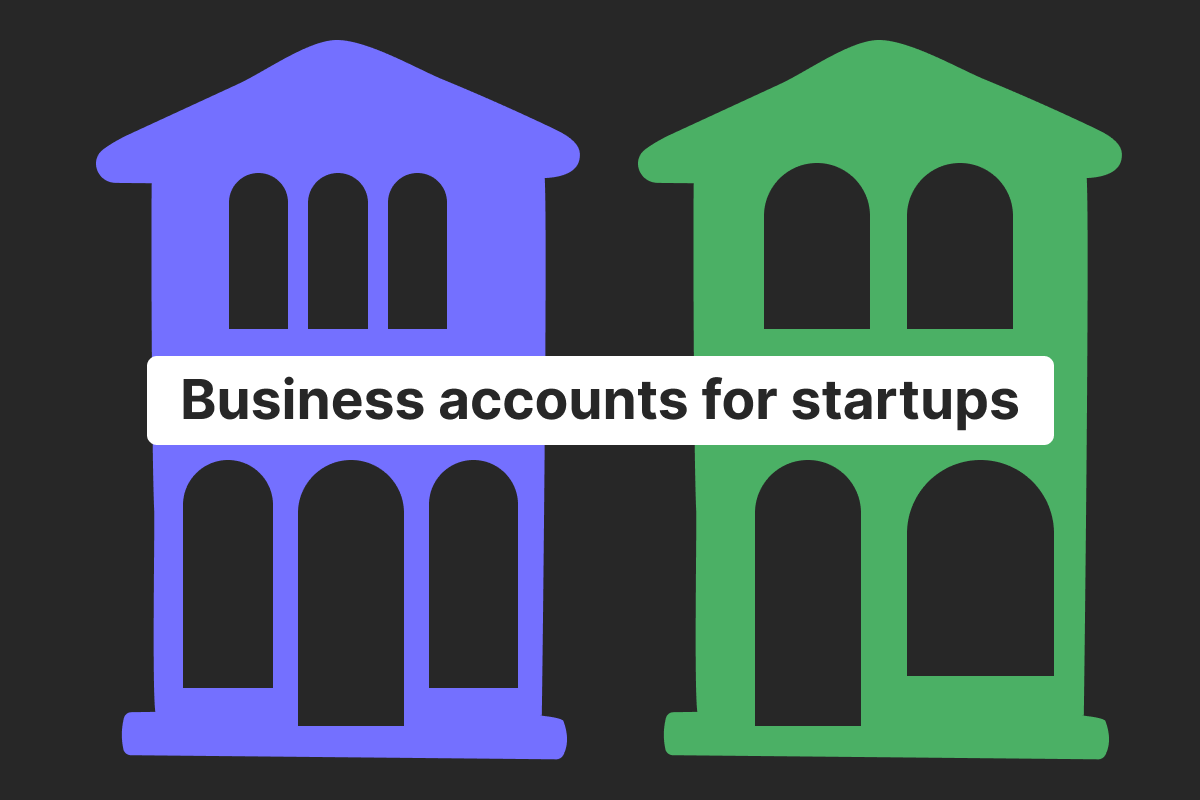Genome Blog / articles / SWIFT transfers 2022: How to send it correctly? How to find BIN if lost?
Jul. 28, 2022
SWIFT transfers have been around for decades, and they are surely not going anywhere in 2022. And no wonder, as it is a great tool to transfer money online to hundreds of countries.
Do you want to use SWIFT transactions to their full potential? Then this Genome article is for you! Learn more about the SWIFT banking system, how you can make a SWIFT transfer, and how to send it correctly. We will also shortly cover the difference between BICs and BINs.
Some useful facts about SWIFT in the banking system
The Society for Worldwide Interbank Financial Telecommunication is a messaging network used by over 11 000 financial services worldwide to instruct international money transfers.
SWIFT and the banking system are very interconnected, as you can send money with SWIFT in over 200 countries, making it the universal money transfer method.
To make a SWIFT transfer, you will need to know the beneficiary’s name, address, SWIFT code, and IBAN, as well as the financial institution’s name and address.
Learn more about SWIFT transfers and international transfers here.
SWIFT banking system and financial services
Although SWIFT transfers are common, not all banks and financial institutions provide such an option. They usually have region-appropriate substitutions, though.
SWIFT transactions have two downsides you need to keep in mind. SWIFT transfers are usually more expensive than other options to transfer money online (like SEPA in the EU, for instance) and can take longer to complete – from one day to a week or even longer.
So, we advise checking the pricing for SWIFT transactions and transfer timeframes when choosing a bank account at a financial service.
BIN and BIC – don’t confuse them
Sometimes clients can get confused about these two, and we understand why: BIN/BIC – sounds similar. So let’s dispel the confusion.
BIN stands for Bank Identification Number. If you have a debit or credit card nearby, you can pick it up and find it right away. As it is the first 4-6 digits on it. BIN allows identifying the financial institution that issued you the said card.
Interestingly, in April 2022, Visa and Mastercard started issuing cards with 8-digit-long BINs. Such changes were adopted following the International Standards Organization guidance. All because of the massive number of cards issued over the years, resulting in a shortage of 6-digit-long BINs available. Fortunately, such changes won’t affect the card owners, but the financial institutions and merchants have to update their hardware/software accordingly.
BIC is way closer to the main topic of our article. It is a Bank Identification Code, also known as SWIFT code. Being 8-11 characters long, it consists of both digits and letters and allows identifying banks and financial institutions during transfers. You need to know the beneficiary’s BIC to send money with SWIFT.
How to check your BIN:
Your BIN is printed on your card – it is the first 4/6 digits (or 8, if your card was issued after April 2022). You can also find it inside the app for your bank account.
How to check your BIC:
Your BIC is usually stored inside your banking app. For instance, in Genome, your SWIFT code, along with other important information, is stored under the Account details folder, which is situated on the main dashboard, under your account balance. If you have more than one account, make sure to switch to the one you need to find details about.
Send money with SWIFT
The ability to transfer money online is crucial for today’s fast-paced, digital living. And sending money with SWIFT is a great option for payments in Europe and the USA.
Genome offers international transfers, as well as multiple other services. Check if your company is eligible for SWIFT transfers, order account details, and start using international transfers to grow your business.
You can start personal and business wallets on our platform and create multi-currency accounts in EUR, USD, and GBP. Merchant accounts* are available as well for you to accept payments* on the website.
*Please note that Genome’s merchant services have been temporarily unavailable since September 2024.
And there are money transfer alternatives for sending money within the EU in Europe. We are talking about SEPA payments and our instant internal transfers between Genome users.
SWIFT transfer via Genome: how to send it correctly?
Here’s a short and sweet instruction on how to make international transfers inside Genome:
- Start a business wallet inside Genome to open an account;
- Order your account details for international transfers;
- Once you have the details, go to the Transfers tab from the main dashboard page;
- Pick the Bank transfer option and choose to whom you are sending the funds;
- Fill in all the details, including the beneficiary’s name, account number or IBAN, select the beneficiary’s bank code type, and enter their BIC and address.
- That’s it! You can send money with SWIFT or use our other transfer services! Check this article to learn more.
FAQ
How do I trace a lost wire SWIFT transfer?
Sometimes, when you send money with SWIFT, it feels like the SWIFT transfer takes too long, so you naturally want to track at what stage your financial operation is. To find out, you need to refer to your bank for this information. Financial institutions usually provide information on the current status of your transfer inside their apps.
Can a wire SWIFT transfer be recovered?
You usually would want to try and recover a transfer for a couple of reasons: the SWIFT transaction was fraudulent (i.e., a scammer got a hold of your bank account), or you have made a SWIFT transaction to the wrong beneficiary. In any case, you need to contact your bank. In the case of the former, you have higher chances of reversing the SWIFT transfer, but you will need to act fast and provide all the necessary information to prove a fraud case. In the case of the latter, you are unfortunately not as likely to recover the funds, as it was a mistake on your behalf. To send it correctly, we recommend checking the instructions above. But, if your bank accidentally executed a SWIFT transaction duplicate, they will recover your transfer, as it was their mistake.
What is a beneficiary address on a wire SWIFT transfer?
To make a SWIFT transfer, you need to provide some details about the beneficiary. One of those things is their physical address. It is done to ensure the money reaches the right person.
What is a SWIFT transaction receipt?
It is a document that contains all the important information about a SWIFT transaction you made. Keep the receipt just in case something goes wrong with the payment.





